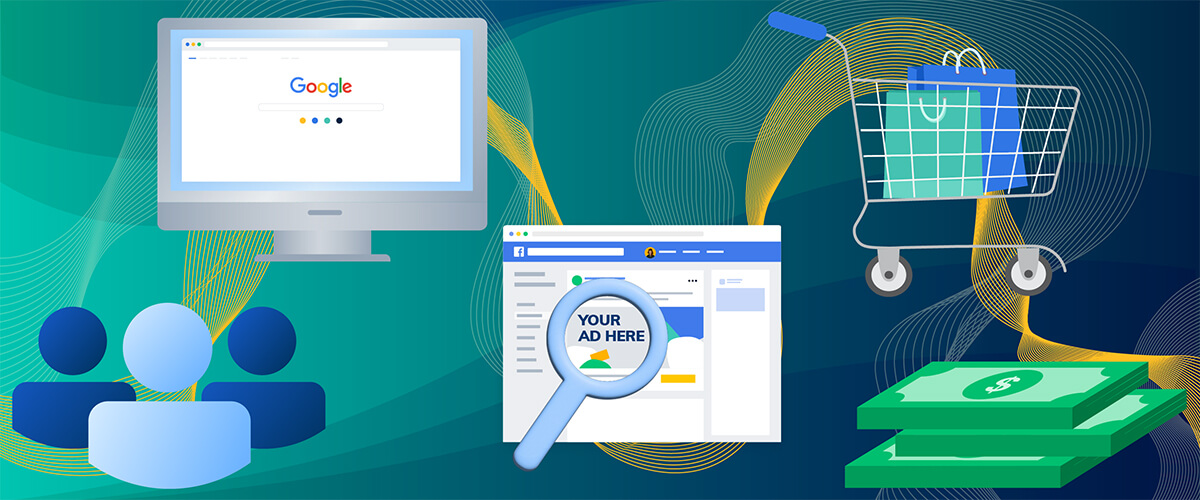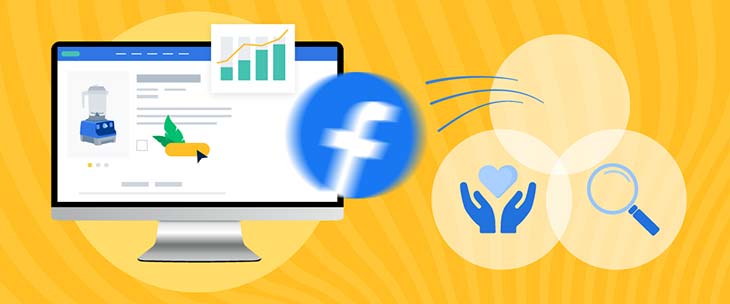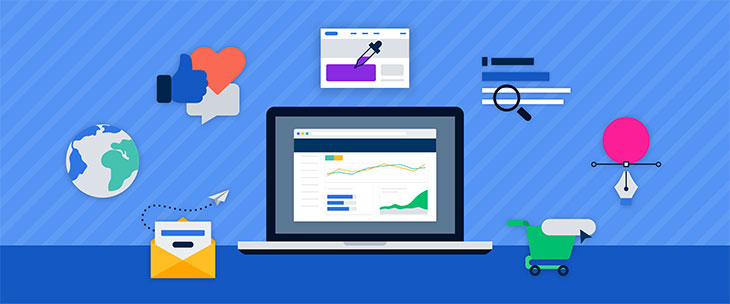In today’s modern online shopping experience, it’s essential to take an omnichannel approach to promoting your products and services. So, what are the benefits of an omnichannel approach? An omnichannel strategy, basically, involves operating a marketing campaign through multiple outreach methods aimed at providing your customers with a seamless shopping experience. Regardless, omnichannel marketing doesn’t mean using every available channel for the sake of using them. Rather it involves leveraging multiple marketing channels to efficiently drive growth, and investing in the ones that perform well. Ultimately, omnichannel marketing’s biggest value is that it employs multiple strategies to engage and consistently re-engage your customer base. Here’s a brief guide to omnichannel marketing and how it can help you.
The Perfect Frame
Digital marketing can be confusing, especially when it comes to developing a budget. Faced with multiple ways to promote and remarket, it’s difficult to know how much to invest and where. Creating a framework is your first step, allowing you to add structure and better manage how much money you’re spending on your marketing. As a guide, there are three areas of investment, referred to as the three-bucket strategy. These are:
- Acquisition, or driving people to your site.
- Conversion, meaning getting those visitors to “convert” through a purchase or other action.
- Retention, or keeping the customers you have and ensuring they keep buying from you.
Many businesses make the mistake of investing everything in acquisition, but this can damage efforts in the other “buckets,” eventually affecting your bottom-line. While you may budget greater amounts for specific “buckets,” ensure there’s overlap between investments to ensure a more holistic approach.
Building a Better Site
An integral part of any omni-channel approach for acquisition, conversion, and retention is building a web site that welcomes users and makes them want to stick around. Your website should inspire confidence. Ensure the design and interface create an aura of professionalism and ease of use. Make it easy to find what they’re looking for, and keep your value propositions front and center. Provide guides and video content to aid them in evaluating potential purchases, and highlight the popularity of products and services with other customers on the site. Finally, and obviously, make purchases a snap with a swift checkout, and provide the means to collect their contact information.
Converts to Your Cause
Increasing your conversion rate depends on a few things. First, customers need to sense your credibility. As outlined above, a good site is a great start, but it needs to carry over to the various sites and social media platforms where you appear. Maintain professionalism, make it easy to locate the right product or service, and provide information that helps customers understand what they’re buying. Collect information and statistics about demographics and relative buying habits at every point. An email or post with a general sales announcement might encourage a customer to return, but one that resonates with them based on previous purchases provides a bigger incentive to re-engage.
Reaching Out
An omnichannel approach gives your campaign a longer and wider reach. A singular approach–say, only running a Google Ads campaign or searching for customers on Facebook–limits your potential audience. Omnichannel lets you hit different groups across all available ad platforms and email communications, ensuring you’re reaching as many groups as possible. Today, everything online is (or can be) connected. With e-commerce, customers use different services to search for, find, and share information on the items they’re thinking of purchasing. Consequently, you want to show up on as many platforms as possible in branded and non-branded searches, and have them refer back to one another. An omnichannel approach helps customers find your business by boosting your branded search terms and aiding in the organic rankings of your products.
Keeping Tabs
Every online platform offers a way to track visits, conversions, sales, and more. What’s more, when interconnected through omnichannel marketing, you gain greater and more granular insight on your campaigns. Statistics from every platform can help you determine which individual campaigns and channels are producing the best outcomes, which approaches are working and which aren’t, and where you should allocate your budget for best effect. For example, if Google Analytics tells you paid social is driving people to your website, you’ll want to increase that budget.
Omnichannel Takeaways
We’ve discussed a few of the benefits of an omnichannel approach. Keep the following takeaways in mind:
- Acquisition of new visitors and users is good, but don’t neglect the necessity to budget for conversion and retention. Even as you bring in new customers, focus on keeping the ones you have happy.
- Automation is efficient, but you need an omni-channel strategy to drive growth and fuel your campaigns.
- Social media is experiencing a huge shift in operations, reporting, and performance. Prepare for changes in evaluating performance on different platforms. This helps with determining and justifying future investment.
It’s a lot to take in, isn’t it? If the prospect of an omnichannel marketing approach seems intimidating, contact Logical Position for a consultation. We’ll review your current digital marketing strategy to identify places in need of improvement and potential for future growth. Contact us today!






